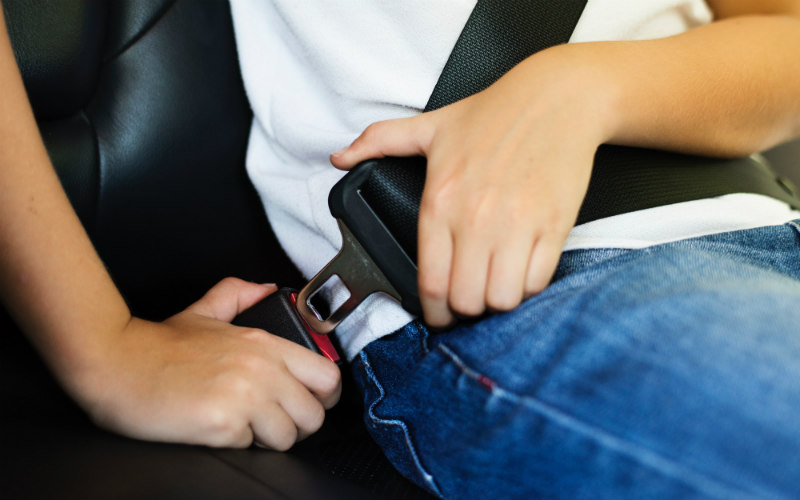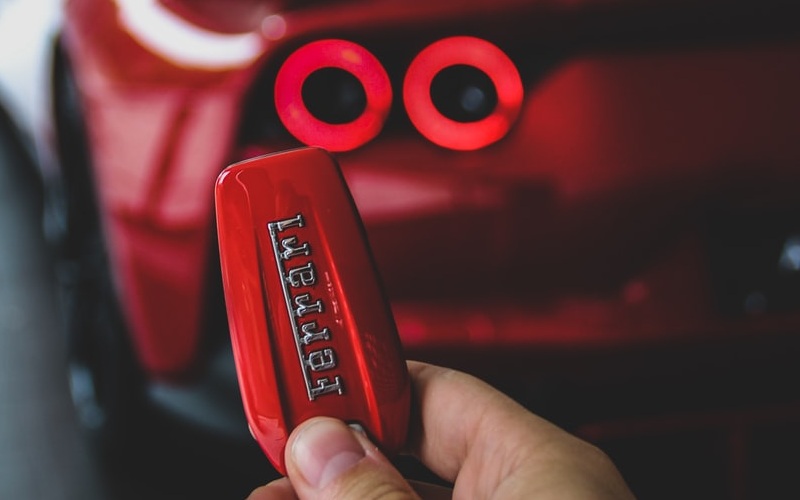Whether it’s a Mercedes-Benz Gullwing or a Volkswagen Thing, your classic ride is a reflection on your personality as well as your pride and joy. It’s all well and good looking online at your dream vintage ride, but how do you actually go about financing it? Registration is one thing, but finance is another issue. If you don’t have the cash, your next option is probably to get a car loan. However, there’s one main roadblock - many lenders don’t lend for cars older than a few years. So, what’s the deal?
How can I finance my classic ride?
You might have noticed when shopping around for a used car loan with the normal pedigree of lenders, the maximum age your car can be is seven years or so. Being that a ‘classic' is likely more than your mum’s 2015 Camry - and instead a 1967 Mustang - mainstream lending is likely off the cards. So, what next? You might still have a few options.
Specialist lenders
There are various lenders out there that specialise in classic rides and might offer no hard cap on the age of your vehicle. A couple of lenders are:
- Fox Finance
- AFS
We aren’t promoting these lenders, just providing some examples. You may find they operate in similar circumstances to a car loan for a new car. That is, the loan is secured against the car, meaning if you default on your payments they take your car away.
As a trade-off for having a secured loan, you’ll likely get a lower interest rate than other loan types. However, being that it’s for a classic car and there might be more risk involved for the lender, your interest rate may still be higher than if the loan were for a new car.
On top of this, to get a specialised interest rate, you’ll also likely need to have the car valued by the lender. This is because classic cars are often heavily restored and modified, and defy usual depreciation and used car market forces.
Personal loans
A ‘personal’ loan could be a more flexible option for financing a classic car. Many lenders allow you to borrow up to $100,000 and there are generally two options - secured or unsecured.
- Secured: Uses an item of value as security against the loan. Some lenders may allow a classic car to be that security, however others might not - you’ll have to check a lender’s terms and conditions.
- Unsecured: An unsecured personal loan could be considered the most ‘flexible’ type of loan as it’s not tied to anything as security. A consequence is you’ll likely face a much higher interest rate than if you chose another option.
You’ll have to check the product details to know what you’re getting into. A secured personal loan might let you secure the loan against an item of jewellery, a term deposit account or something else, but may not support a 50 year old car. Your mileage may vary, pardon the pun.
Consider a car broker
A broker might specialise in classic car lending, or will have special relationships with lenders that could offer you a personalised rate. Car brokers can be useful this way as they do a lot of the leg work for you. However, often their ‘commission’ is baked into the interest rate, or there may be an upfront fee. Nevertheless, a broker could be a good option, whether they’re online or in-person.
Savings.com.au's two cents
No matter what your classic or unique car flavour, it’s important to go over your financing options. If you’re buying a restored model of say, a Holden from the 1960s, it’s not uncommon for pristine models to cost $50,000 or more.
This is where classic car finance can be handy. However, there’s a range of types of loans out there, and not all lenders are upfront about the type of loan they offer. Considering mainstream lenders generally don’t lend for cars older than seven years, you may have to trawl the ocean a bit to find a lender that will be suitable.
As with any car loan, be aware of the interest rate and whether the loan is secured or unsecured. If in doubt, check the loan’s terms and conditions to see if the loan is right for you.
First published 7 August 2020, last updated 16 February 2021.
Photo by Hayes Potter on Unsplash



 Denise Raward
Denise Raward
 Harry O'Sullivan
Harry O'Sullivan

 Jacob Cocciolone
Jacob Cocciolone
 Harrison Astbury
Harrison Astbury

